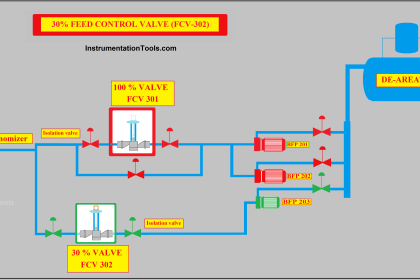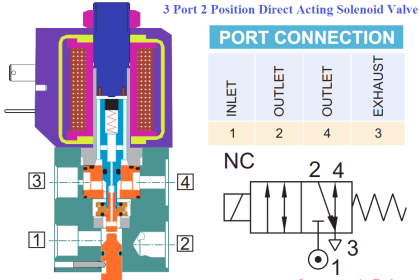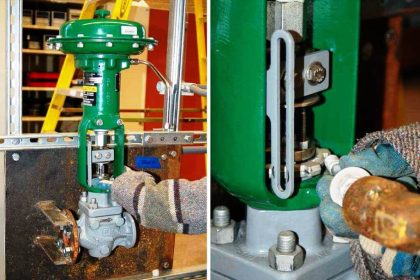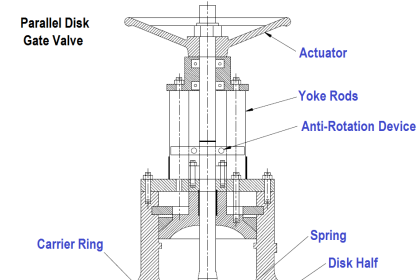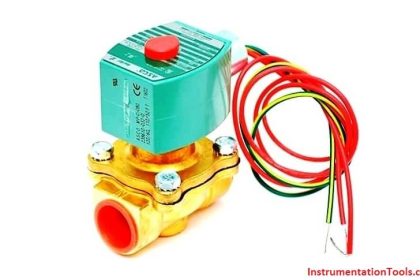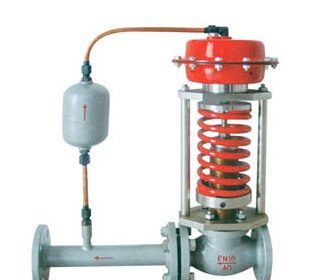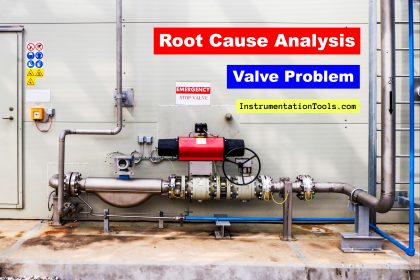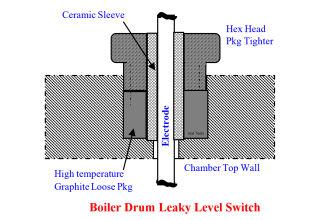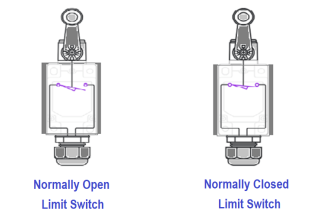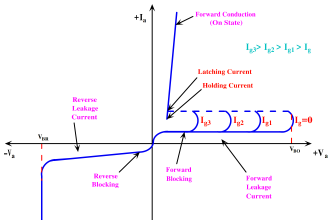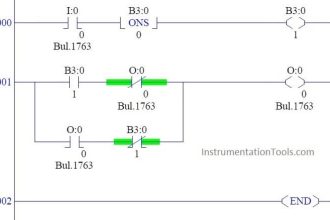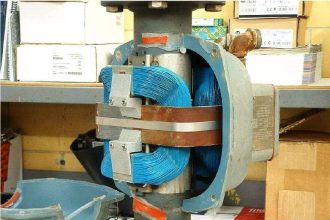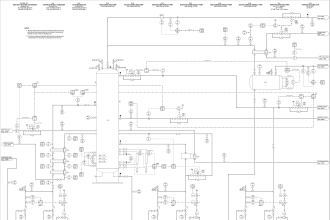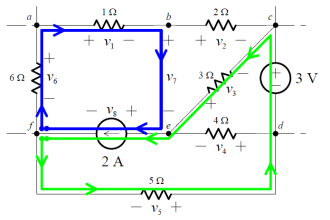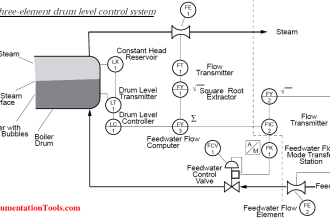In application of control valve, many terminologies are used and some Common Terms Used in Control Valves are actuator, trim, bonnet, bench set etc.
Here we introduce some of these common terms to aid understanding of the application of control valves:
Common Terms Used in Control Valves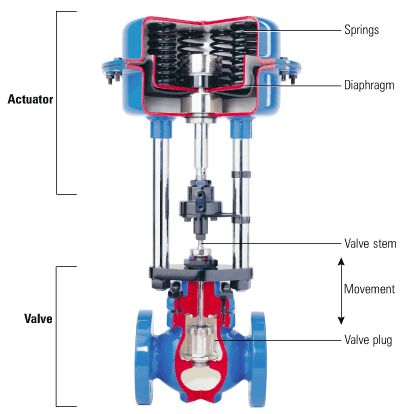
Actuator
An actuator is a pneumatic, hydraulic or electrically powered device which supplies force and motion to open or close a valve.
Bench-set
Bench-set is the calibration of the actuator spring range of a control valve, to account for the in service process forces.
Closure member
This is the movable part of a control valve that is positioned in the flow path to modify the rate of flow through the valve.
Flow Coefficient, Cv
This is a constant related to the geometry of a control valve, for a given valve travel, that can be used to predict flow rate.
Control Valve
Is a valve which controls the flow rate or flow direction in a fluid system. It is the final control element through which a fluid passes, that adjusts the flow passage as directed by a signal from a controller to modify the flow rate.
Valve Trim
This consists of the internal components of a valve which modulate the flow of the controlled fluid. There are various designs of valve trim. Some of them include:
(a) Anti-cavitation trim :
a combination of control valve trim that by its geometry reduces the tendency of the controlled liquid to cavitate.
(b) Anti-Noise trim :
a combination of control valve trim that by its geometry reduces the noise generated by fluid flowing through the valve.
(c) Balanced trim :
Control valve trim designed to minimize the net static and dynamic fluid flow forces acting on the trim
(d) Reduced trim :
Control valve trim which has a flow area smaller than the full flow area for that valve
(e) Soft-seated trim :
Valve trim with an elastomeric, plastic or other readily deformable material used either in the closure component or seat ring to provide tight shutoff with minimal actuator forces
Characterized Trim
This is a control valve trim that provides predefined flow characteristics
Erosion Resistant Trim
This is a valve trim that has been designed with special surface materials or geometry to resist the erosive effects of the controlled fluid flow.
Valve Failure Mode
This is the position to which the control valve closure member moves when the actuating energy source fails. The basic types of valve failure mode are:
(a) Fail-Close :
A condition wherein the valve closure member moves to a closed position when the actuating energy source fails
(b) Fail-Open :
A condition wherein the valve closure member moves to an open position when the actuating energy source fails.
(c) Fail-in Place :
A condition wherein the valve closure member stays in its last position when the actuating energy source fails.
Fail-Safe
This is the characteristic of a particular valve and its actuator, which upon loss of actuating energy supply, will cause a valve closure member to fully open, close or remain in fixed last position.
Fail-safe action sometimes involves the use of auxiliary controls connected to the actuator.
A control valve design should incorporate a fail-safe action to protect plant or personnel in cases of emergencies or disasters.
Vena Contracta
This is a location in a flow stream where fluid velocity is at its maximum and fluid static pressure and the cross sectional area are at their maximum. In a control valve, the vena contracta normally occurs just downstream of the actual physical restriction.
Throttling
Throttling refers to the action of a control valve to regulate fluid by varying the position of the closure member. Throttling often generates a variable pressure drop across the control valve.
Valve Travel
Valve travel is the movement of the closure member from the closed position to an intermediate or rated full open position.
Travel Indicator
This is a pointer and scale on a control valve used externally to show the position of the member, typically in terms of units of opening percent of travel or degrees of rotation.
Valve Seat
This is the area of contact between the closure component and its mating surface which establishes valve shut off.
Seat Leakage
This is the quantity of fluid passing through a control valve when the valve is in the fully closed position with the specified pressure differential and temperature.
Seat Leakage Class
This is a classification established by ANSI B16.104 to categorize leakage tolerances for different sizes of control valve trims.
Hysteresis
This is the maximum difference in output value for any single input value during a valve calibration cycle, excluding errors due to dead band
Valve Packing
This is a seal system consisting of deformable material contained in a packing box which usually has an adjustable compression means to obtain or maintain an effective seal of fluid within the valve.
Valve Positioner
This is a position controller, which is mechanically connected to a moving part of a control valve or its actuator and automatically adjusts its output pressure to the actuator in order to maintain a desired position that bears a predetermined relationship to the input signal. see Basics of Valve Positioners
Double Acting Positioner
This is a positioner with two outputs suited to a double acting actuator
Single Acting Positioner
A positioner with one output suited to a spring opposed actuator.
Also Read: Control Valves Terminology Glossary
